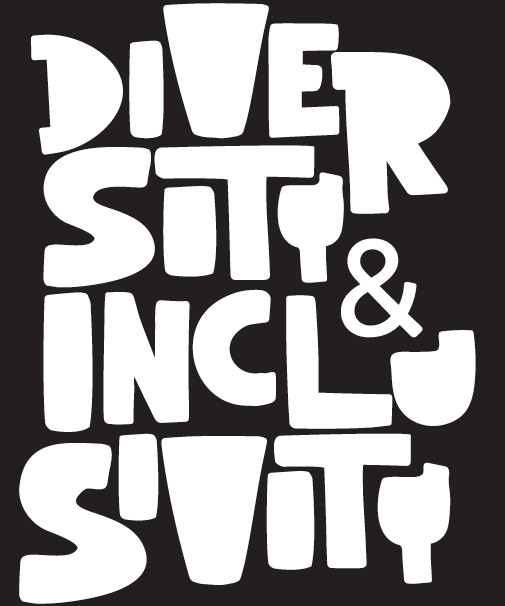
Monica Berg explains why diversity and inclusivity are separate concepts but inextricably linked.
The words ‘diversity’ and ‘inclusivity’ are so often used together that it’s an easy mistake to think they also mean the same thing – or in fact are the same – when in reality they are two clearly defined subjects. They are not interchangeable. But why should we care, and more importantly, why is this important when you build your bar team or business?
Let’s start with diversity, which you can say represents the ‘what’ in this discussion. Most of us understand what diversity is on a superficial level; it is the characteristics and distinctions that identify us, and separate us, such as gender identity, age, nationality, ethnicities or sexual orientation. But on a deeper level it also includes other characteristics, such as socioeconomic background, religion, education, just to name a few.
At this point in time, I think most businesses would agree that having a diverse team is an asset, regardless of the motivation behind achieving diversity. Indeed, in case studies, you’ll often find that diverse workplaces are found to be better to work in for the employee and enjoy higher staff retention. Also – and this is significant in business – higher revenues.
But there is a but. An important one too. You can also have workplaces or environments that are diverse, with teams from a wide array of backgrounds and experiences, but still do not reap any of the associated benefits. Why is that? Often, it’s because of a lack of inclusivity.
Inclusivity
Inclusivity is essentially the ‘how’ in this equation. It’s creating and nurturing an environment where people – regardless of differences and backgrounds – feel both welcomed and valued. It’s about developing and accommodating the diverse group of individuals you now employ, encouraging and advancing them on equal terms and with the same opportunities. The tricky part can sometimes be that it also requires the changing of old practices that unfairly benefit the few, or challenge unconscious biases that are inherent in all of us – because inclusivity without diversity can be just as destructive.
If you want to foster inclusivity, it requires not only commitment – it also needs thoughtfulness, understanding and intent. Most importantly, it relies on empathy, the ability to understand someone else’s point of view without the interference of your own. I think this is where the challenge lies for many of us – not because we don’t want to be open-minded and inclusive individuals, but because our own insecurities often prevent us asking for help when we come across topics or problems we don’t fully understand. Especially with sensitive topics, which ironically are the most important to discuss openly if we want to foster positive change.
Understanding the distinction between diversity and inclusivity, is to understand the importance of both, and how they need our time and commitment equally. Being different is something we should celebrate, not feel intimidated by, and creating spaces that encourage this is not only important – it is the future.
On an individual level, it means being more self-aware of our own personal biases and keeping them in check. The realisation that there are several ways to achieve something is an important lesson to learn, but it can also be a hard lesson to learn. Progress often comes through trial and error, but in today’s environment, the space and freedom to make mistakes is a luxury not everyone has.
On a wider scale, it means having the courage to ask ourselves the difficult questions around the current status of our industry, and stop making excuses when we realise the answers. Yes, we’ve come a long way – but we are nowhere near where we need to be.


